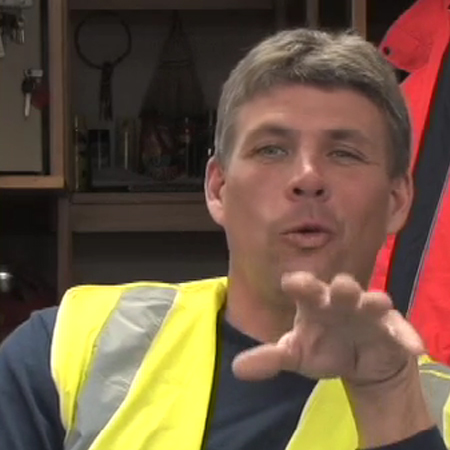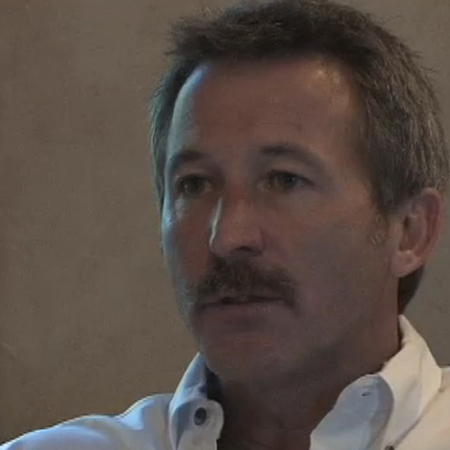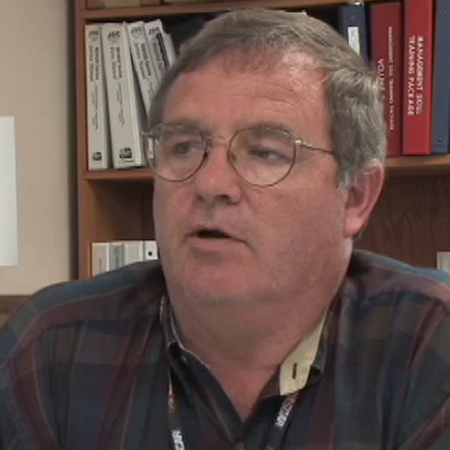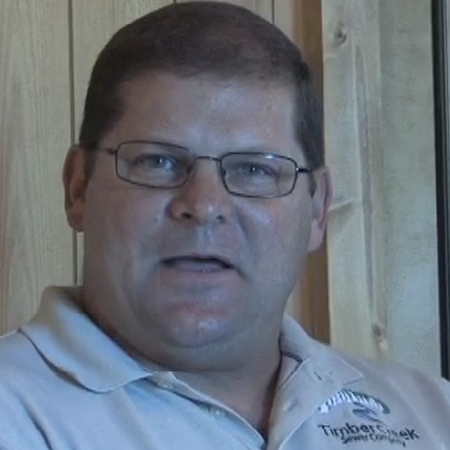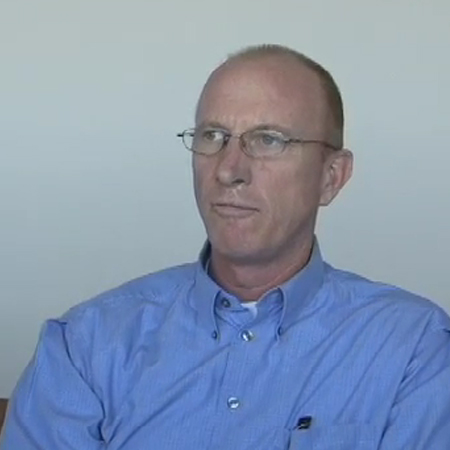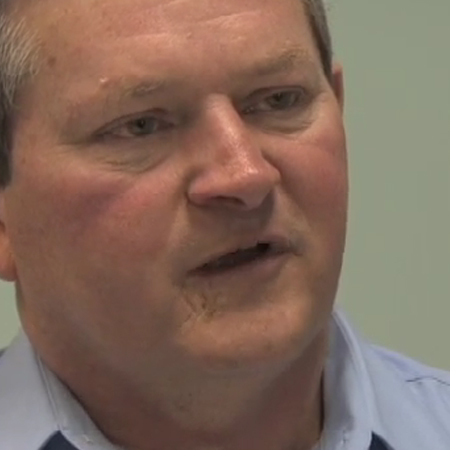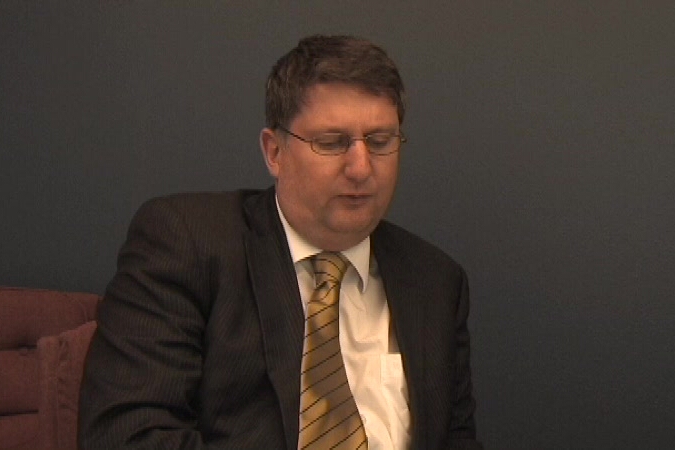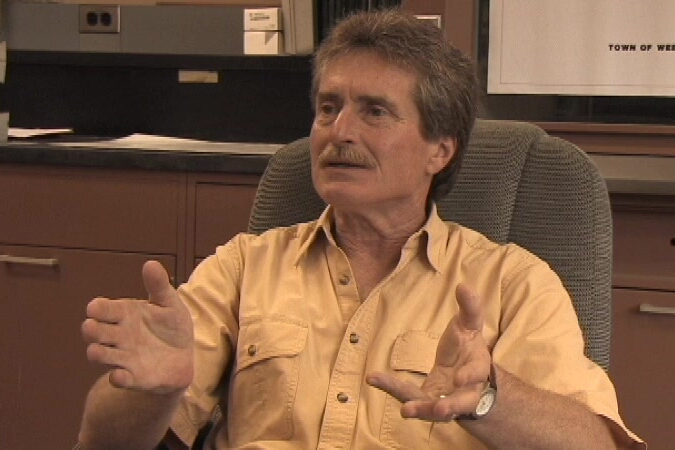Because implementing Asset Management requires changing the way the
entire utility does business, it requires that employees change the
way they think about their jobs and their relationship to the rest of
the organization. This can be difficult for many people. Some employees
may be reluctant to change methods that have worked in the past. Others
may be anxious about the security of their jobs.
Some may not understand the concepts, or view it as just another management
fad or gimmick. Still others may be afraid they will be assigned extra duties
to overload their already-full work schedule, or feel overwhelmed by its scope.
Elected officials may be wary of extra cost.
Because any new way of doing business is bound to encounter obstacles, it is
important that those in charge of the implementation process develop ways to
overcome those obstacles and ensure the buy-in of all concerned. If this is
not successful, the utility may experience what is known as the "saw-tooth effect"
(Ross Waugh, 2010) in which the utility makes great strides in the beginning because
of the enthusiasm and dedication of one or a few individuals . But when
those individuals leave the utility through retirement or for other reasons,
or if they grow tired of carrying the full load of implementation, the utility
may experience a severe drop in the progress made in Asset Management.
There may be a subsequent increase in interest when others take up the effort,
but this up and down movement is inefficient and wastes valuable resources that
could be put to good use to further progress towards the goals of efficiency and
sustainability.
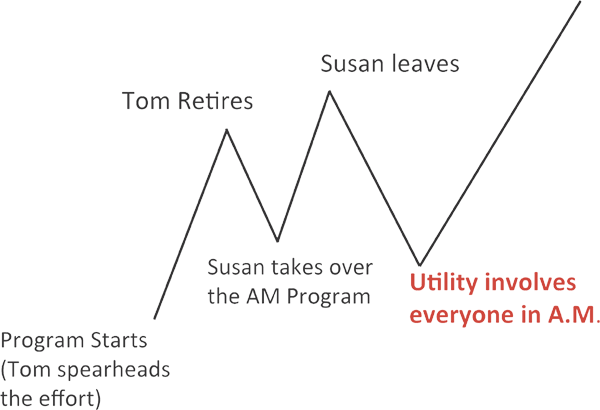
|
|
WB-14

|
It is therefore extremely important to ensure every member of the organization
is familiar with and accepts the goals of the program. This can be done with
presentations, videos, trainings, posters, or any other informational method
that reaches the employees. The best way to overcome these obstacles and
secure buy-in is to involve every member of the organization in the implementation.
When people are involved and have a voice in decision-making, they feel a sense
of ownership. When their ideas are heard and considered, they will support the
final product, even if their specific ideas are not included in the final plan.
In addition, the synthesis of many ideas will create a more robust program than
top-down decrees from management personnel who may not be fully aware of the issues
faced by field personnel.
|
|
WB-15

|
